Groups of domestic dogs form breeds, that are similar in purpose and skills that define them. Division of domestic dogs into separate groups began around 6,000 years ago. They commonly have the same shape, but there are exceptions. In some countries breeds are categorized one way, but there are more ways of categorizing depending on he system, or the parameter of the categorization, whether it is genetics, purpose, size... Insisting on one system is often extreme.
Mongrels
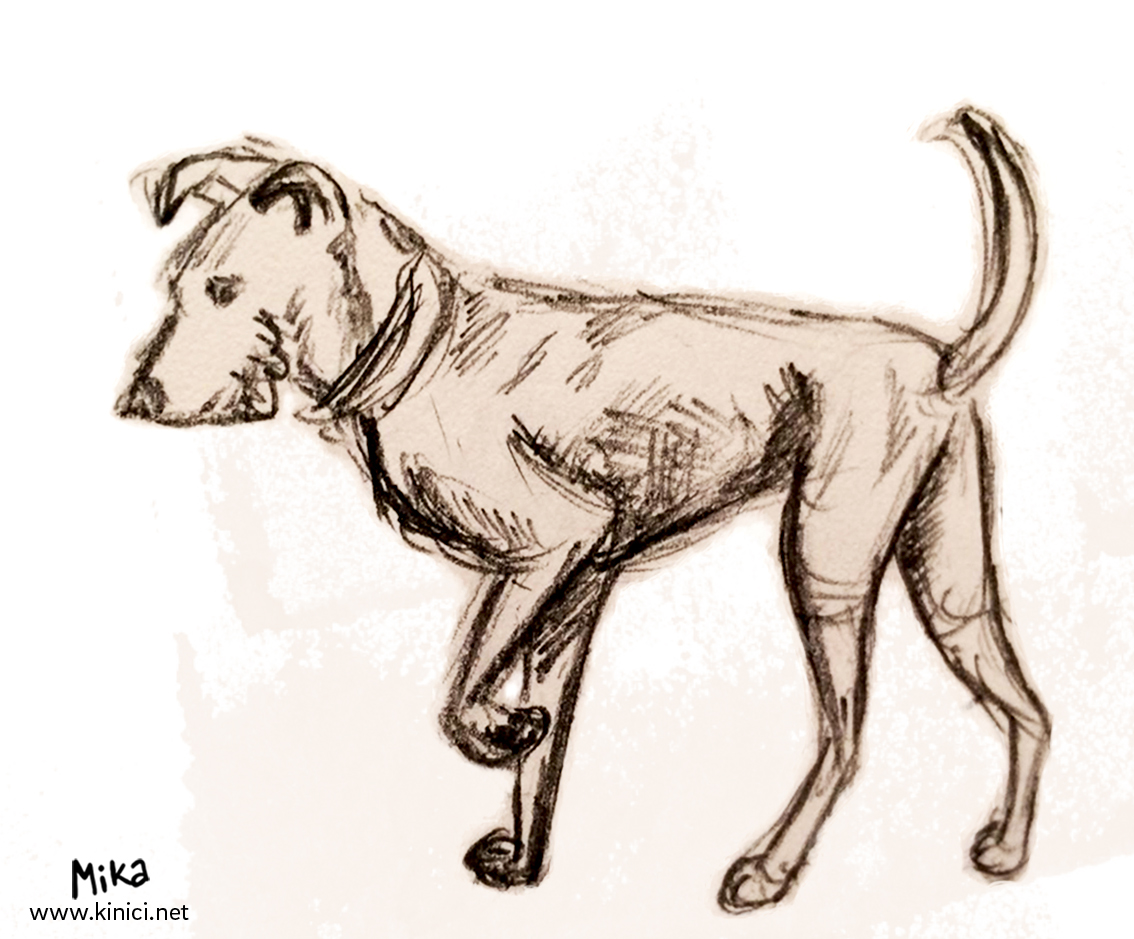 There are domestic dogs that don't belong to any of the groups and each belong to the individual one, and those are mongrels.
There are domestic dogs that don't belong to any of the groups and each belong to the individual one, and those are mongrels.
Two-breeds mongrel is not a typical mongrel, especially if humans intended that specific mating. If two purebred dogs mated, like Doberman Pinscher and German Shepherd, we cannot discuss the genuine, raw, basic mongrel.
Feral mongrel is a dog freed from breeds or a dog in process of being freed from human influence. Nature determines selection, unlike purebred dogs which were selectively bred by humans. Lacking the class (brand), mongrels are mostly unpopular, unwanted and are packing the pounds and rescue centres, although they are usually more enduring, better tempered, more resistant to illnesses and more adaptable than purebreds.
Taxonomy by groups
1. Hunting dogs – selected in order to help the hunters.
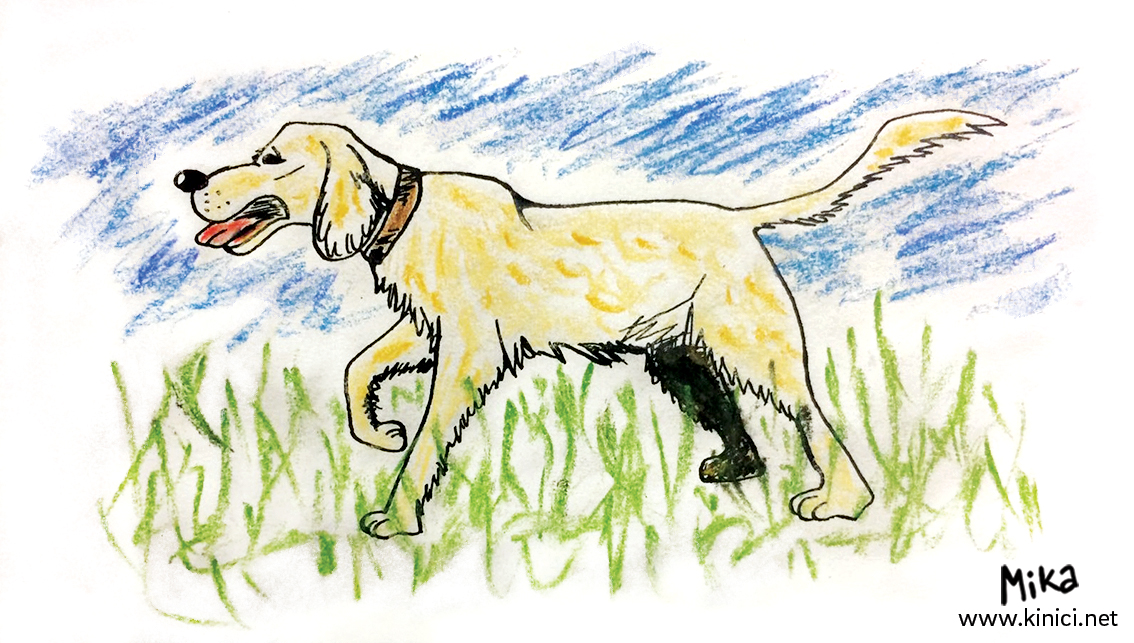 a) Gundogs – help with bird hunts. With discovery of firearms in the 13th century the need for this type of dog occurred. Spaniels, setters, pointers and retrievers are in this category. Some mark (by standing or sitting pointing the game, like setters and pointers), some bring (retrieve; like retrievers) while some pick the birds.
a) Gundogs – help with bird hunts. With discovery of firearms in the 13th century the need for this type of dog occurred. Spaniels, setters, pointers and retrievers are in this category. Some mark (by standing or sitting pointing the game, like setters and pointers), some bring (retrieve; like retrievers) while some pick the birds.
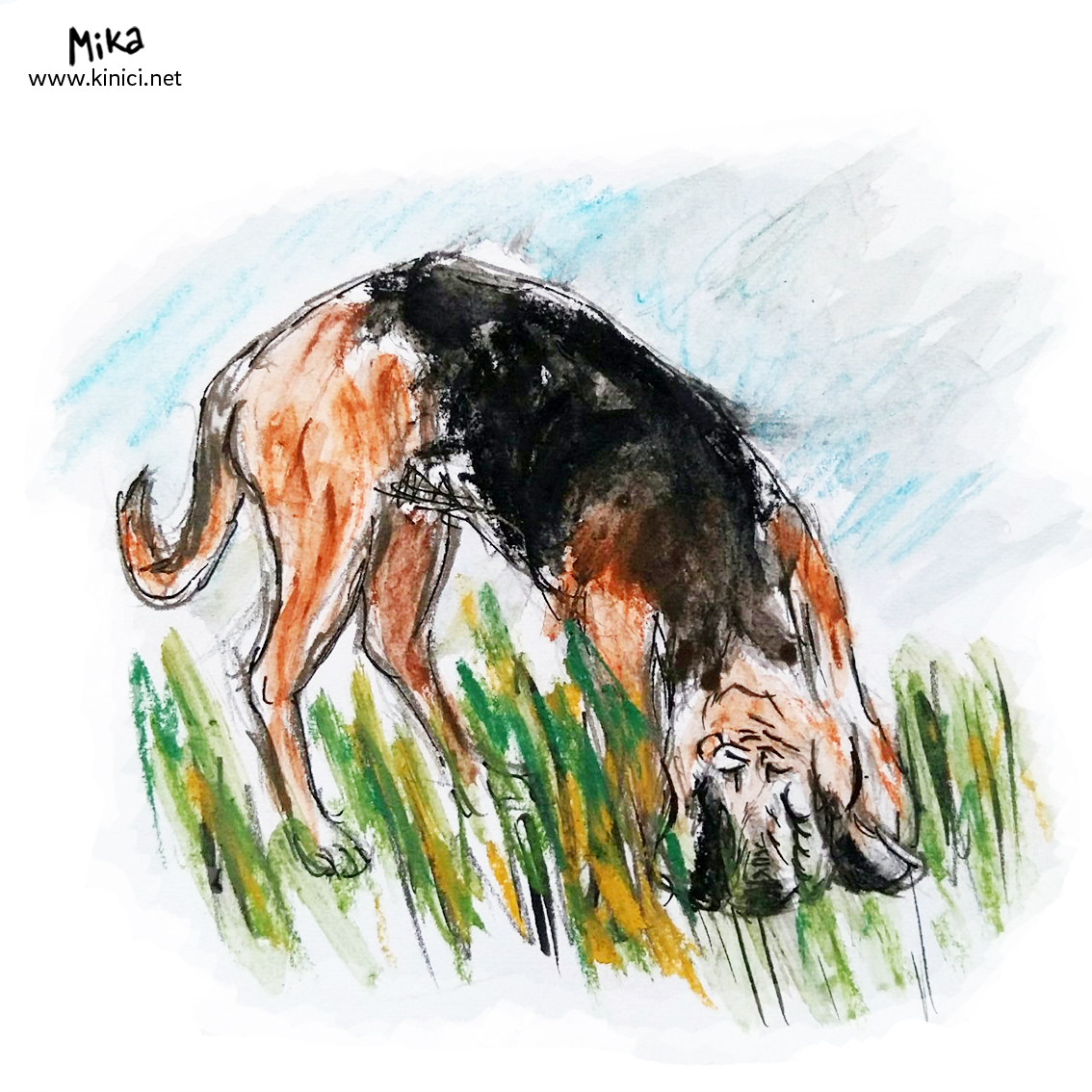
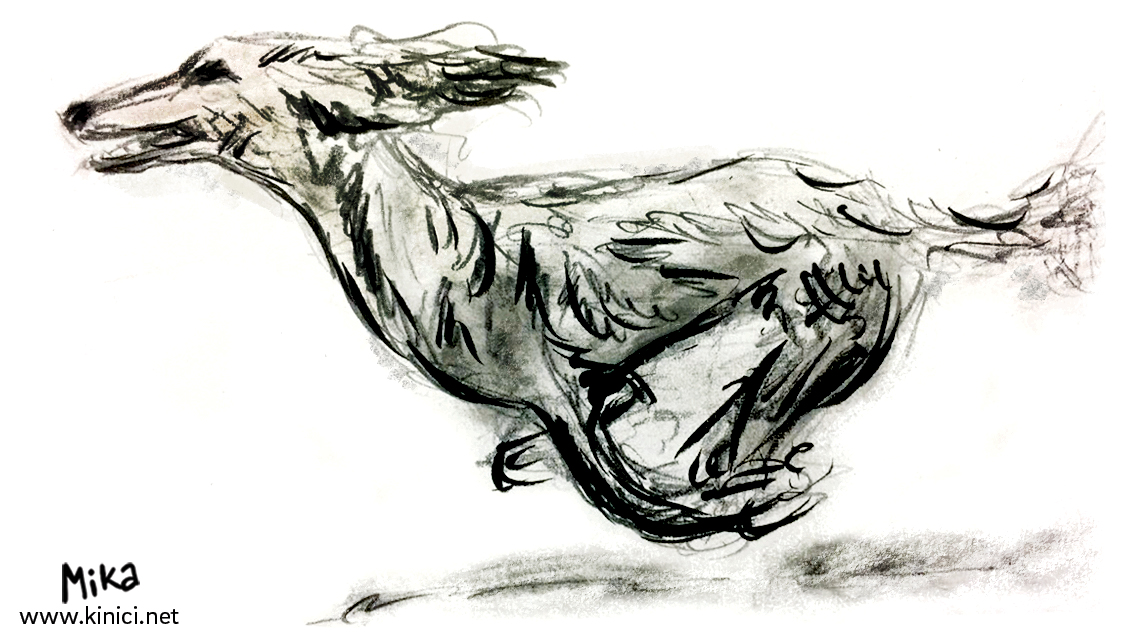 b) Hound dogs – they chase and hunt mostly mammals, not birds. They track prey, chase after it or run them out of their shelters. In time they were divided into sighthounds and scenthounds. Sighthounds primarily use sense of sight, not the scent, to track game. They have a tendency to chase it. This includes following breeds: English Hound, Afghan Hound, Irish Wolfhound, Saluki, Borzoi...
b) Hound dogs – they chase and hunt mostly mammals, not birds. They track prey, chase after it or run them out of their shelters. In time they were divided into sighthounds and scenthounds. Sighthounds primarily use sense of sight, not the scent, to track game. They have a tendency to chase it. This includes following breeds: English Hound, Afghan Hound, Irish Wolfhound, Saluki, Borzoi...
Scenthounds have excellent sense of smell and less prominent hearing due to pendulous ears that protect them from noise and help them focus on tracking the scent of their prey. This group includes: Basset, Beagle, Bloodhound, English Foxhound...
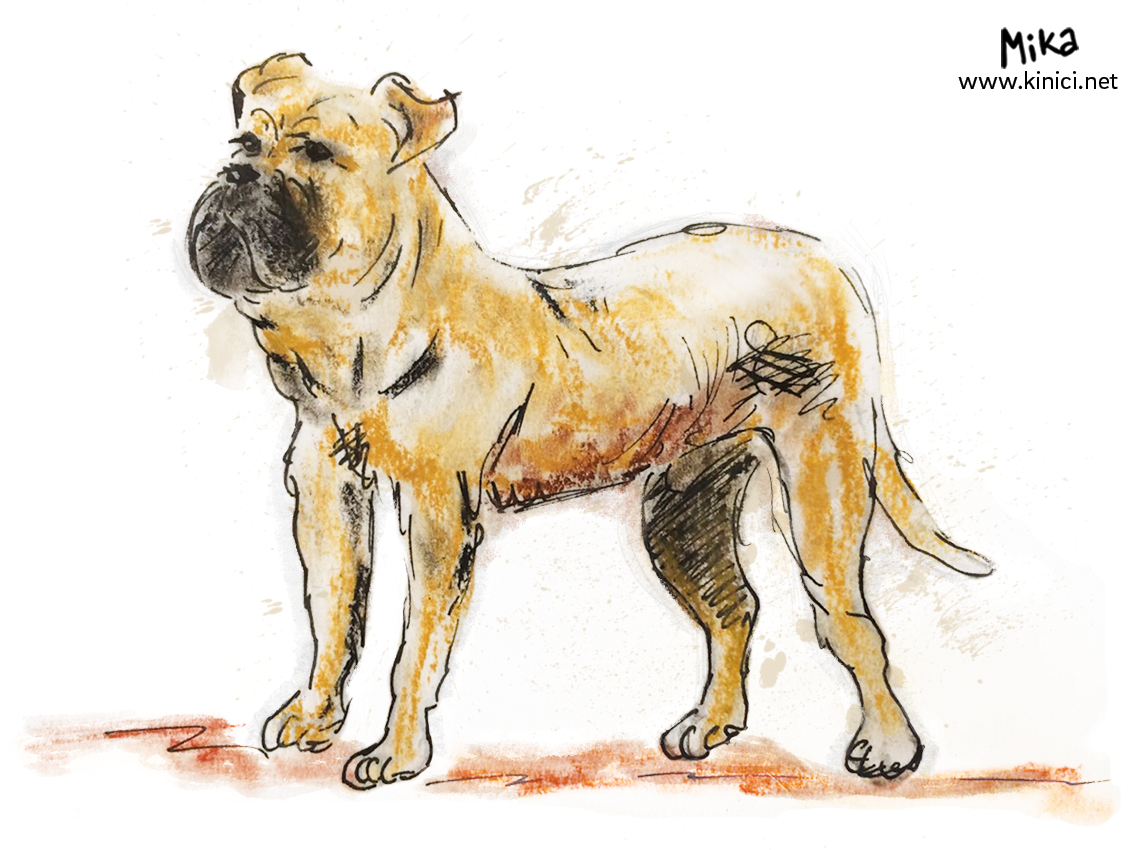 2. Working dogs – most of the breeds belong to this group. Shepherd dogs, sheep dogs, guardian dogs and rescue dogs as well as all other breeds that are used to assist humans. Humans started breeding them when hunting lifestyle was replaced with settled lifestyle and with crossbreeding methods made specimens to be used for guarding, pulling and rescuing. Some of them are: Giant Schnauzer, Doberman Pinscher, Rottweiler, St. Bernard, Newfoundland, Siberian Husky, Komondor, German Shepherd, Belgian Shepherd, Scotch Collie...
2. Working dogs – most of the breeds belong to this group. Shepherd dogs, sheep dogs, guardian dogs and rescue dogs as well as all other breeds that are used to assist humans. Humans started breeding them when hunting lifestyle was replaced with settled lifestyle and with crossbreeding methods made specimens to be used for guarding, pulling and rescuing. Some of them are: Giant Schnauzer, Doberman Pinscher, Rottweiler, St. Bernard, Newfoundland, Siberian Husky, Komondor, German Shepherd, Belgian Shepherd, Scotch Collie...
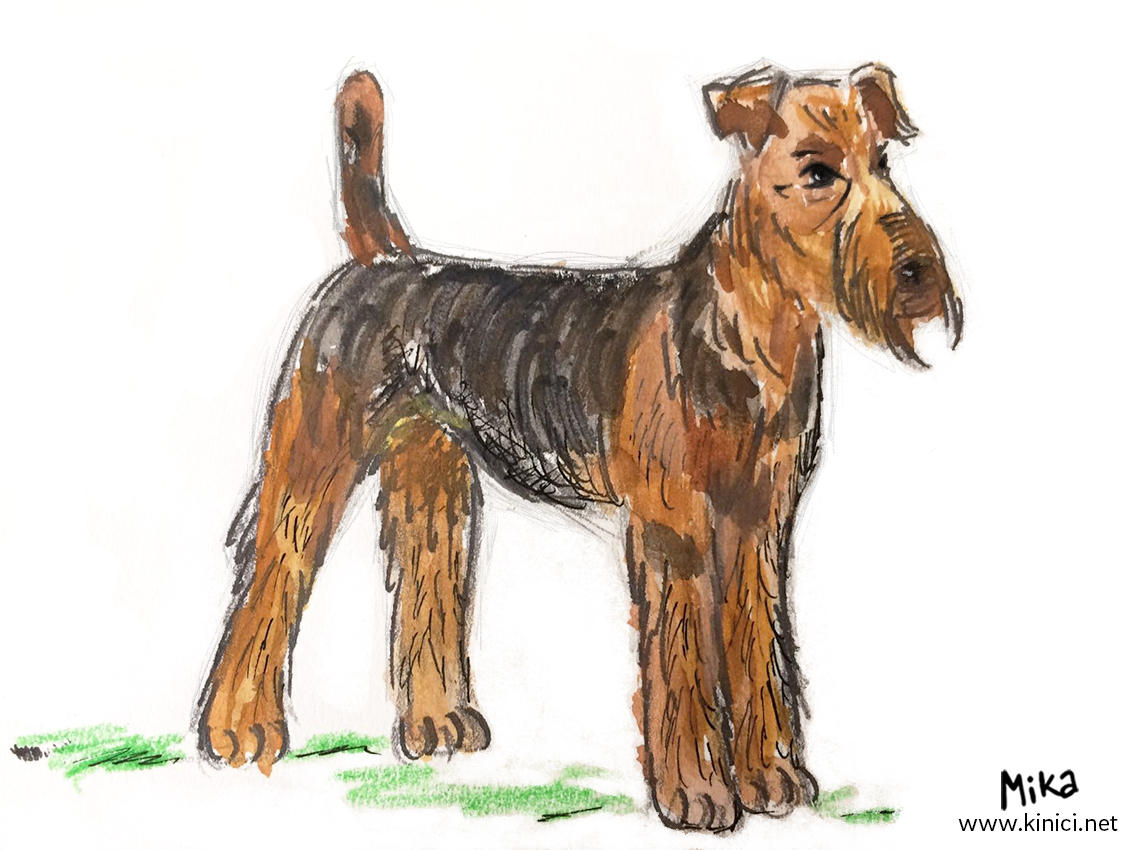 3. Terriers – terrier breeds have little in common with each other except english origin and tendency to dig out. In the beginning, they were bred to catch small prey. They are great diggers and have a long history in Britain. Humans intervened and made some of them capable for catching bigger prey or to fight other dogs. Some of them are: Airedale Terrier, Fox Terrier, American Pit Bull Terrier, Bull Terrier, Scottish Terrier, Border Terrier, Kerry Blue Terrier, Jagdterrier...
3. Terriers – terrier breeds have little in common with each other except english origin and tendency to dig out. In the beginning, they were bred to catch small prey. They are great diggers and have a long history in Britain. Humans intervened and made some of them capable for catching bigger prey or to fight other dogs. Some of them are: Airedale Terrier, Fox Terrier, American Pit Bull Terrier, Bull Terrier, Scottish Terrier, Border Terrier, Kerry Blue Terrier, Jagdterrier...
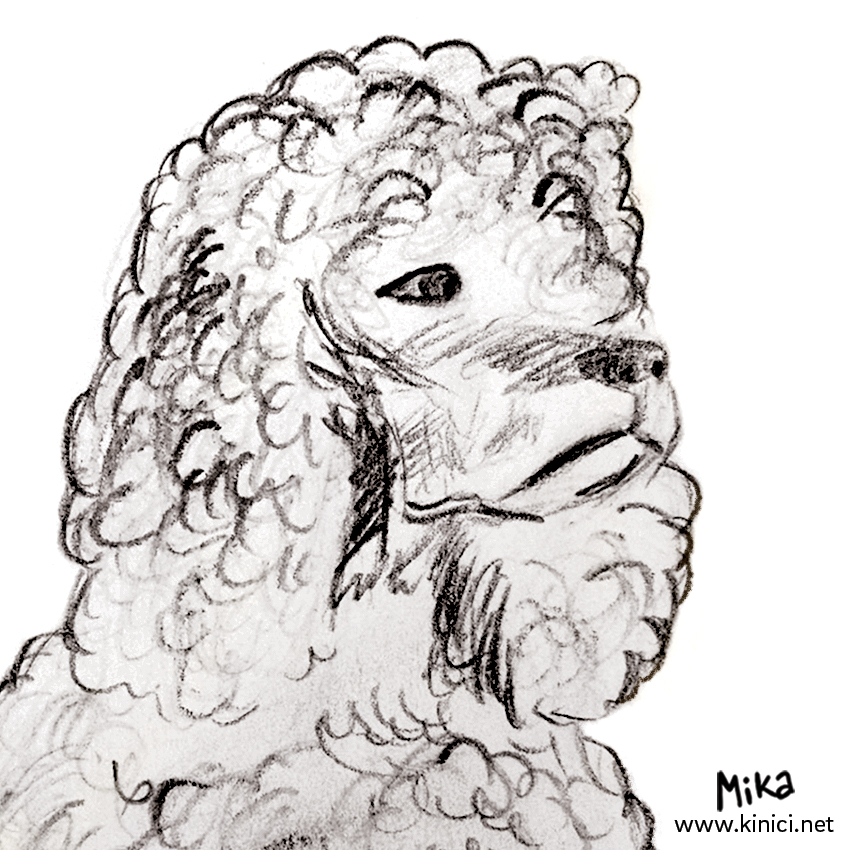 4. Utility dogs – dogs that don't belong to any other group. Many of these dogs performed certain task, for example, English Bulldog was used in bullfighting (hence the name), Poodle was first used as a dog who pulled the wading birds out of the water, French Bulldogs were once used to hunt donkeys.
4. Utility dogs – dogs that don't belong to any other group. Many of these dogs performed certain task, for example, English Bulldog was used in bullfighting (hence the name), Poodle was first used as a dog who pulled the wading birds out of the water, French Bulldogs were once used to hunt donkeys.
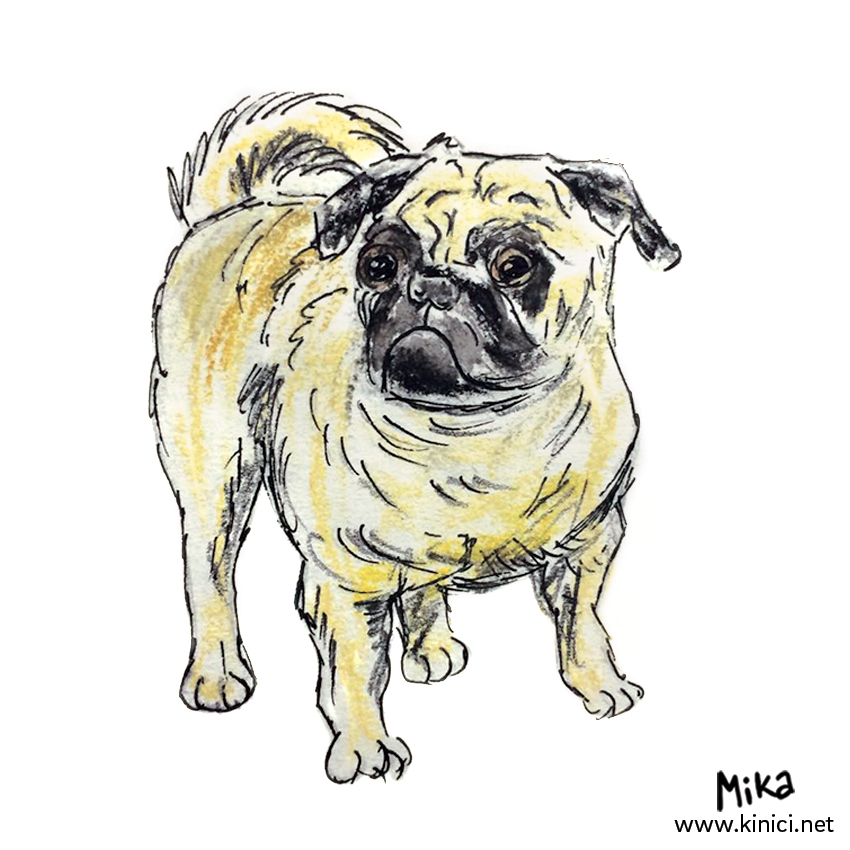 5. Companion and toy dogs – all the smallest show dogs. Most of them are less than 30.5 cm tall. Usually they have dropped ears and small snout. They were not bred for any specific purpose. Some of them are: Chihuahua, Pekingese Dog, Maltese, Pug, Bichon Frise...
5. Companion and toy dogs – all the smallest show dogs. Most of them are less than 30.5 cm tall. Usually they have dropped ears and small snout. They were not bred for any specific purpose. Some of them are: Chihuahua, Pekingese Dog, Maltese, Pug, Bichon Frise...
